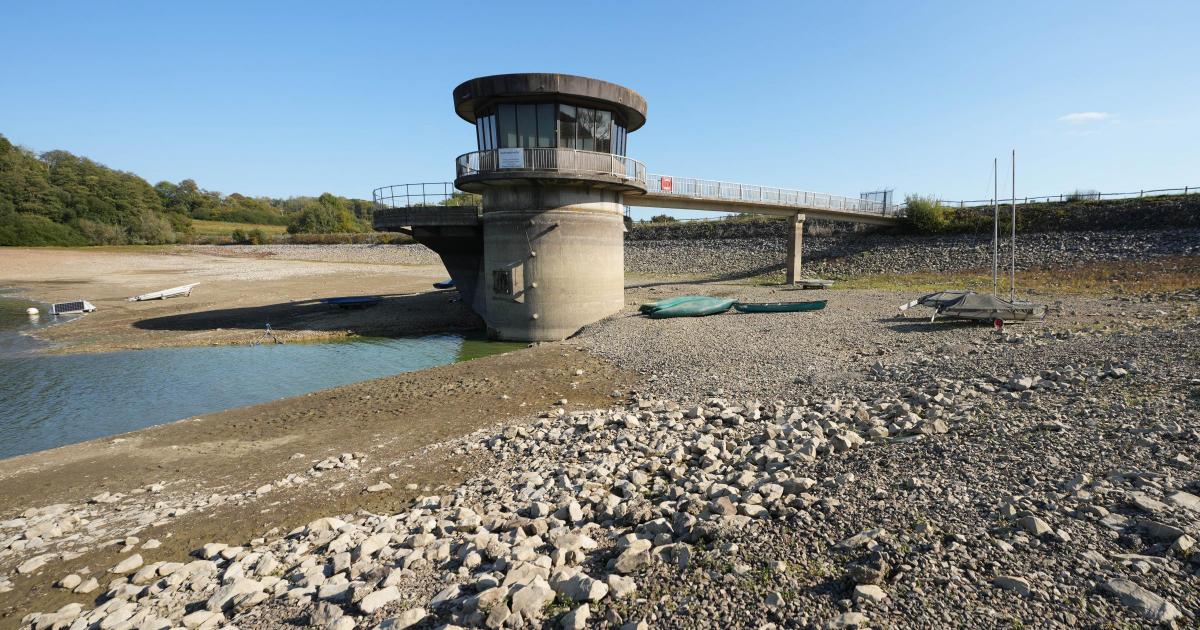Declining water levels at Ardingly Reservoir, near Haywards Heath, have led to concerns for public water supply.
The Environment Agency has today, October 10, declared drought status in areas around Haywards Heath and Eastbourne due to hot and dry weather depleting water levels.
The move has been made to conserve the reservoir’s remaining water.
Ardingly Reservoir’s water level has rapidly dropped since June and is currently at 27.6 per cent total capacity.
A drought order has been put in place as water levels continue to fall at a reservoir(Image: Sussex News and Pictures)
This has been caused by a combination of a dry spring and early summer and higher temperatures associated with climate warming, which has driven very high demands.
The Environment Agency is working closely with South East Water to ensure it is delivering appropriate actions within its drought plan.
Exemptions have been removed from the company’s hosepipe ban which will remain in place until water supply is secured.
All customers are urged to continue following water-saving advice.
Some parts of the country have seen an improvement or stabilisation in the water resources following the wet September, but experts have warned it will take a wet autumn and winter to reverse the impacts of several continuous months of below average rainfall.
Richard O’Callaghan, area environment manager at the Environment Agency, said: “Autumn and winter may feel like there is an excess of water at hand, but the climate is changing, and we must be sensible about water use all the time, not just some of the time.
“A few bursts of recent rainfall do not undo several dry months of cumulative impact.
“It will take sustained rainfall to address prolonged dry weather and replenish reservoirs and rivers. Everyone can help speed that up by being sensible with their water use.”
Those in affected areas should take shorter showers, reuse water from the kitchen for watering plants, turn off taps when possible, such as when brushing teeth, and fix leaky toilets.
The National Drought Group – which includes the Met Office, government, regulators, water companies, the National Farmers’ Union, Canal & River Trust, anglers, and conservation experts – continues to monitor the situation and will next meet on October 30.
